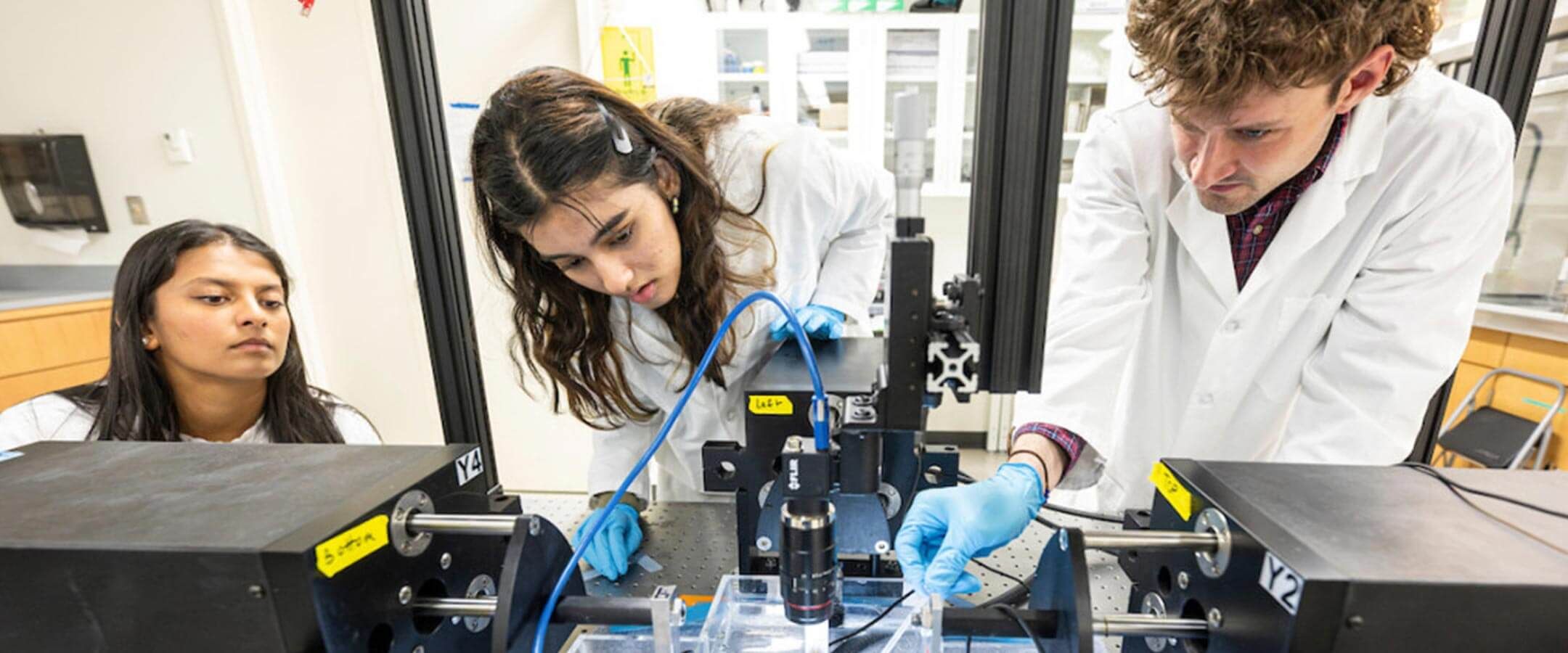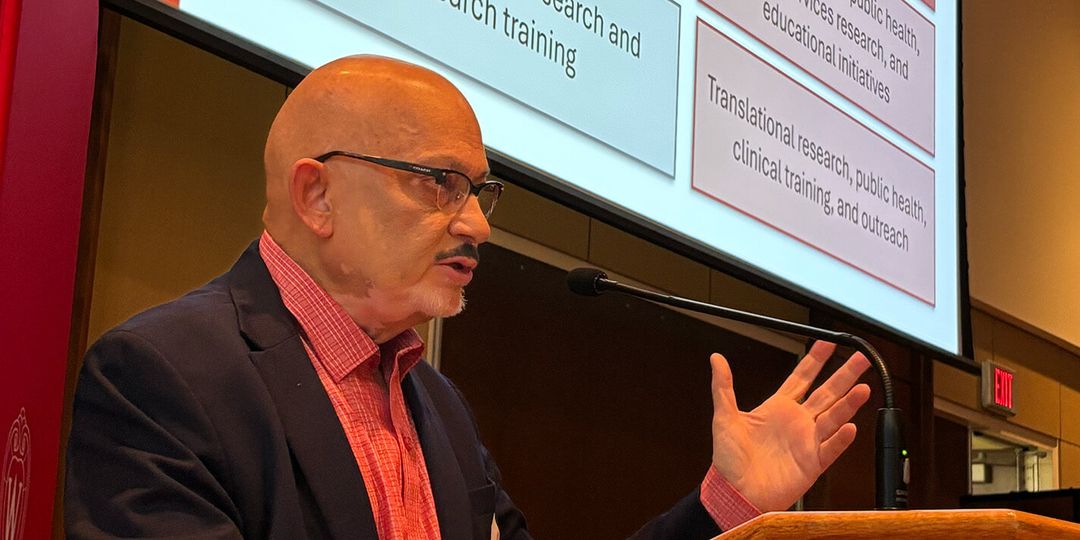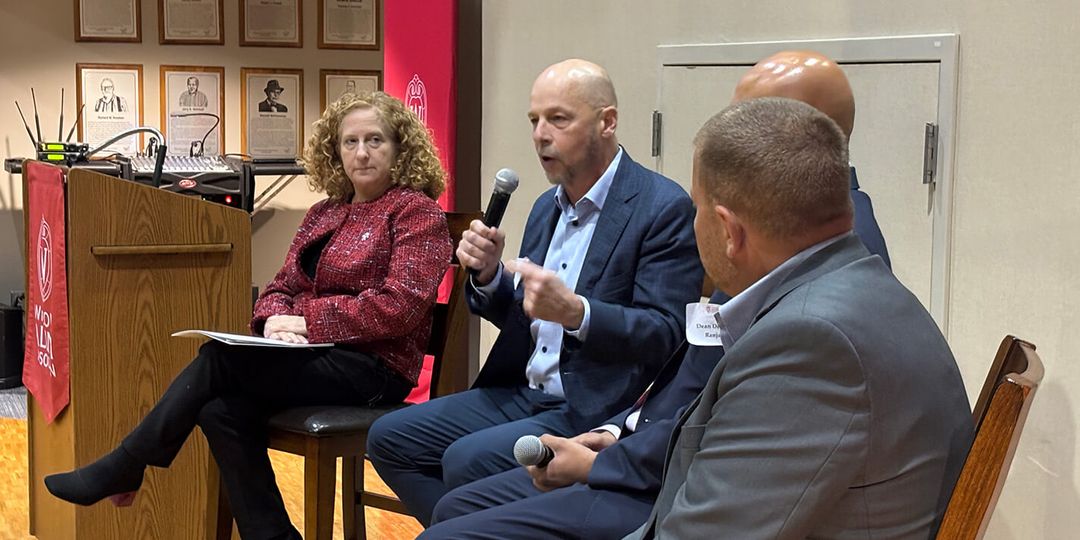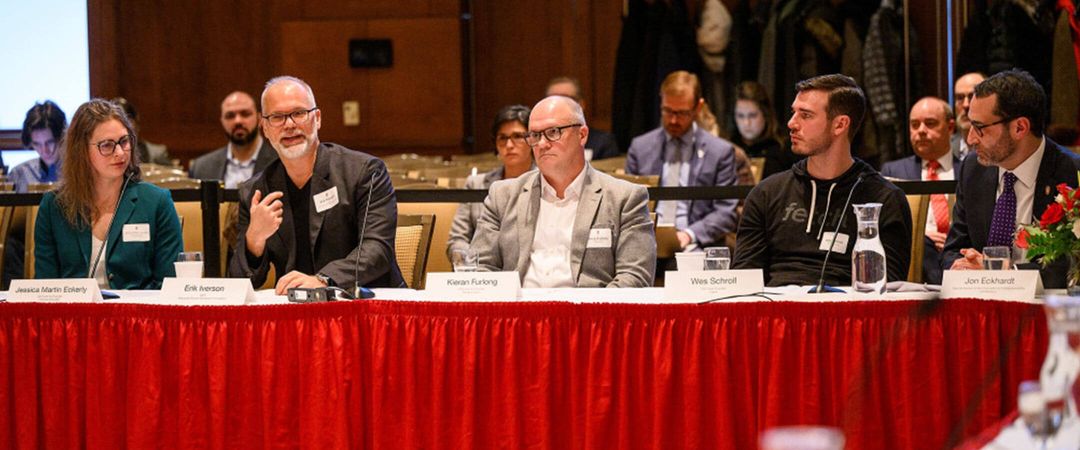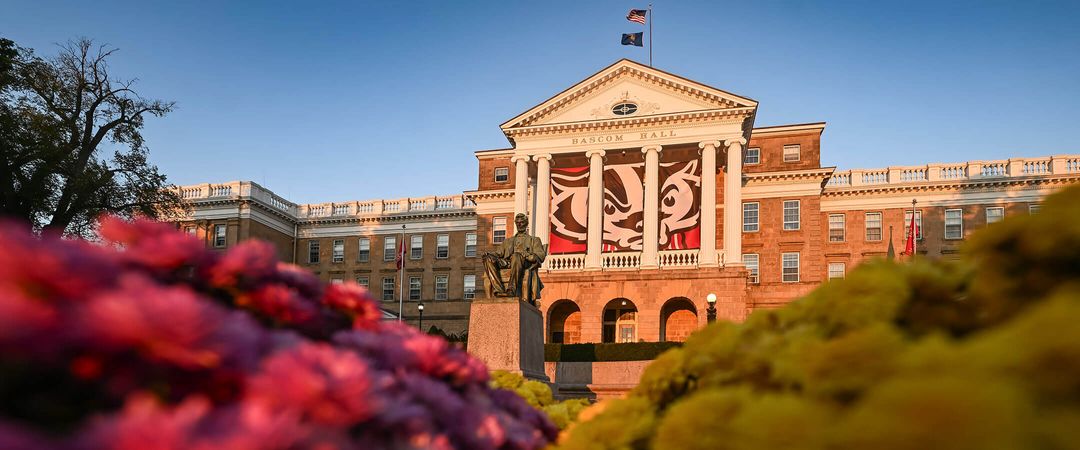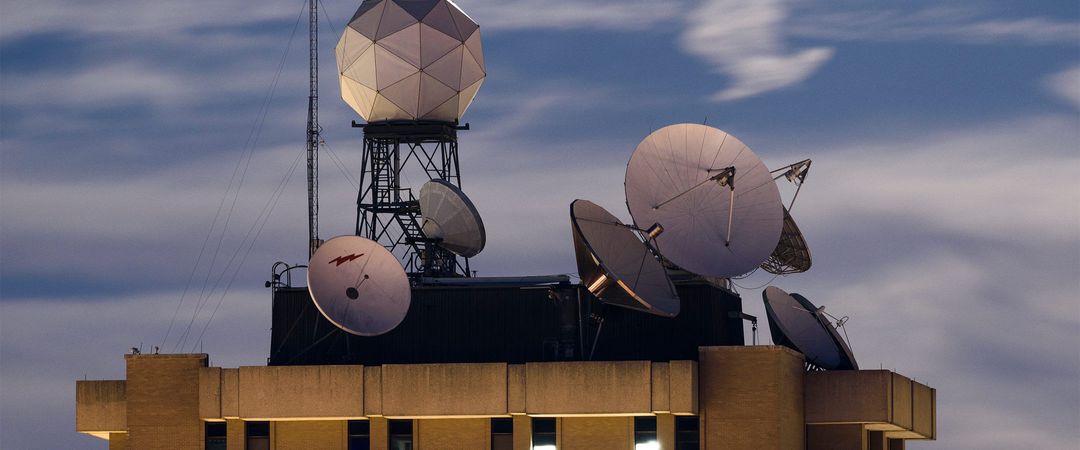For the first time, UW–Madison surpassed $1.7 billion in research expenditures, marking a $208 million (13.7 percent) spending increase over the previous fiscal year. This milestone propelled the UW into sixth place among U.S. universities in total research spending according to the National Science Foundation’s (NSF’s) annual rankings. Chancellor Jennifer L. Mnookin noted that the ranking is “further evidence of our deep commitment to bringing incredible UW–Madison expertise across disciplines to the grand challenges of our time and to translating our discoveries to improve lives at home in Wisconsin and beyond.” The UW’s investment in research is crucial, leading to tangible benefits that drive innovation, improve lives, and address pressing global challenges.
Following that milestone, new developments from the Trump administration have put that research at risk. Campus leaders, in messages to researchers responding to potential funding freezes or caps on research expenses, have called these efforts “a threat to research for the public good.” So far, federal judges have blocked some of these proposals from taking effect, with legal hearings yet to come.
Federal funding plays a central role in UW–Madison’s research success, accounting for nearly half of the university’s total research expenditures. Agencies like the NSF, the National Institutes of Health (NIH), and the Department of Defense provide significant grants that support a wide range of groundbreaking projects, including a $29 million NIH award for blindness research, a $19 million United States Department of Agriculture grant for dairy innovation, and a $15 million U.S. Office of Naval Research grant for the prevention of traumatic brain injuries.
Research productivity also advances the university’s strategic priorities by generating funds for further work, like the Wisconsin Research, Innovation, and Scholarly Excellence (RISE) Initiative. Announced by Mnookin in February 2024, the RISE initiative’s first three focus areas –– AI (artificial intelligence), EARTH (Environment: Adaptation, Resilience, Technology, and Humanity), and THRIVE (Transforming Healthspan through Research, InnoVation, and Education) –– leverage cross-campus collaboration to foster excellence in critical fields such as technology, agriculture, and healthy aging. RISE will attract top faculty and students, enhance research infrastructure, and create opportunities for innovation at the UW, with plans to announce one or two additional focus areas.
In addition to federal support, UW–Madison’s research thrives through growing partnerships with state and local governments, industry, nonprofits, and foundations. Industry-sponsored research increased 14 percent in 2023, while nonprofit funding –– such as that from the Wisconsin Alumni Research Foundation and the UW Foundation –– rose by 20 percent. This collaborative support creates a significant economic engine for Wisconsin: the university partners with more than 3,000 Wisconsin businesses and contributes more than $360 million annually to the state’s economy.
Building on its record-setting performance in 2023, continued growth in research expenditures, and diverse projects, UW–Madison is well-positioned to remain a leader in world-changing discoveries for years to come. Campus leaders say they will continue to monitor developments and work collaboratively to preserve the integrity of the UW mission.
“We do not know how these legal actions will turn out, nor do we know what other threats will emerge to our research, teaching and public service missions,” Chancellor Mnookin said in her statement on February 10, 2025. “We recognize the importance of listening carefully to those who have concerns related to how universities operate, but we strongly reject the idea that a significant and sudden cut to our research funding serves our state, our nation, our university, or the public good.”
